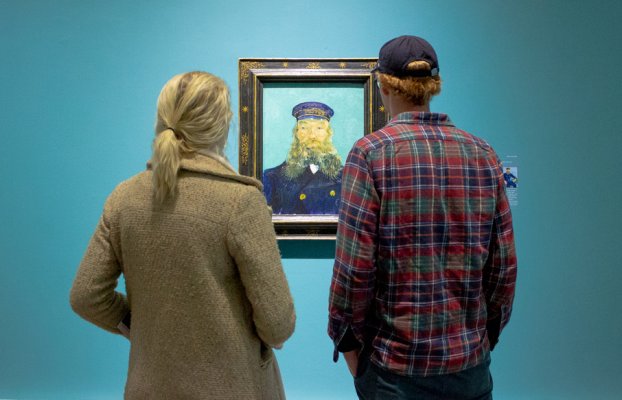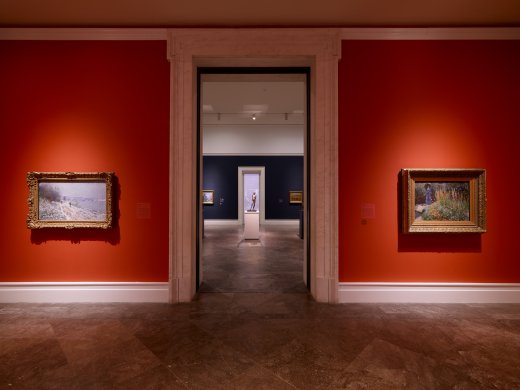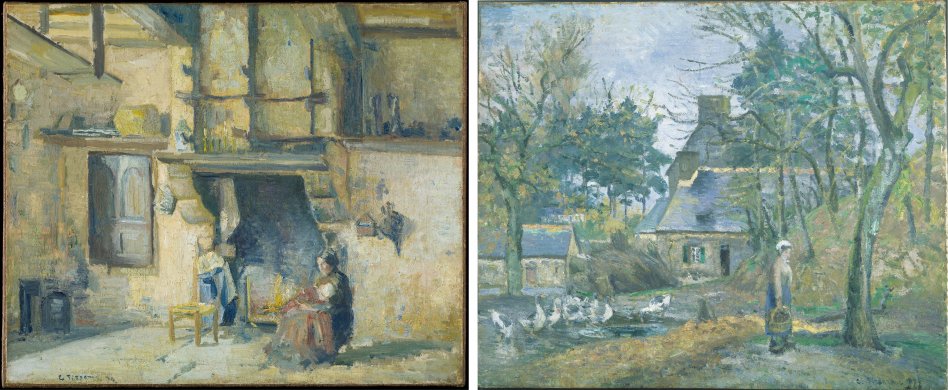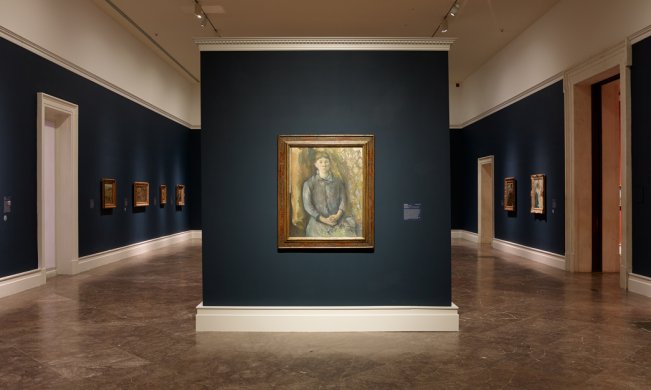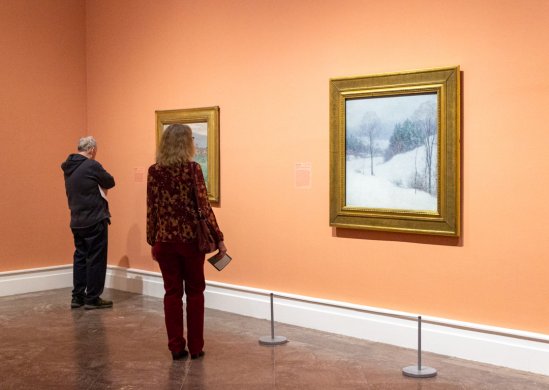In a letter to his friend, the French artist and author Émile Bernard, Vincent van Gogh passionately argued for the importance of taking the humanity in its widest, most inclusive definition as an artistic subject, writing, “I’m trying to make you see the great simple thing, the painting of humanity, let’s rather say of a whole republic, through the simple medium of the portrait.”
Around this time, van Gogh was beginning work on Portrait of Postman Roulin, 1888, the second in what would ultimately become a series of portraits of his fellow Arles resident Joseph-Étienne Roulin and his family. Van Gogh did not approach Roulin at the remove of an abstract artistic subject but rather as a compatriot—the two shared food, drink, and ardent conversation on the possibilities of socialism. In his Portrait of Postman Roulin, van Gogh built on and expanded the revolutionary image-making techniques pioneered in the preceding decades by the Impressionists to create a quality that his brother Theo van Gogh, who kept this work in his collection until his death, described as something “so striking and so close to the truth.” From staccato hyphens of peach and taupe and energetic arcs of chartreuse and navy emerges an image of Roulin as van Gogh must have seen him: in his full, utterly unique humanity.
Portrait of Postman Roulin is on view as part of Humble and Human: An Exhibition in Honor of Ralph C. Wilson, Jr. through Sunday, May 26, 2019.
